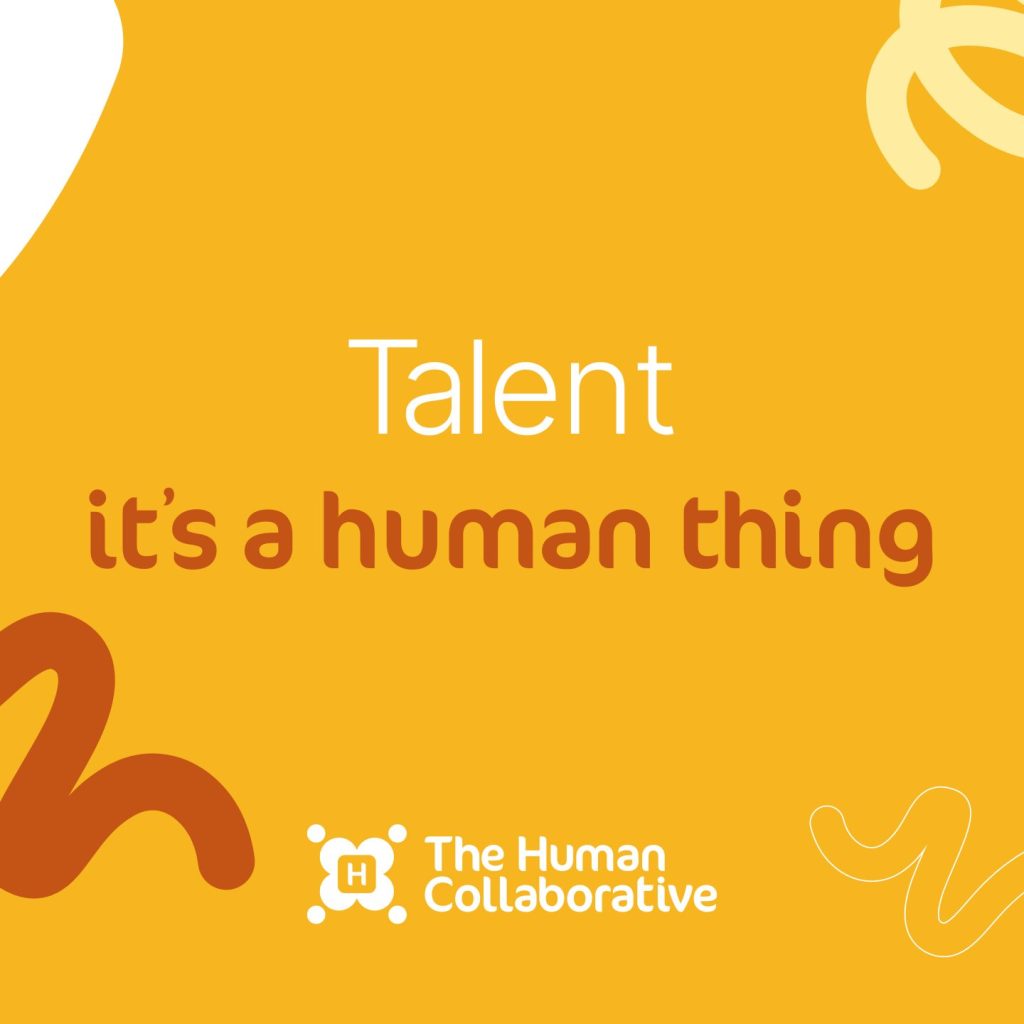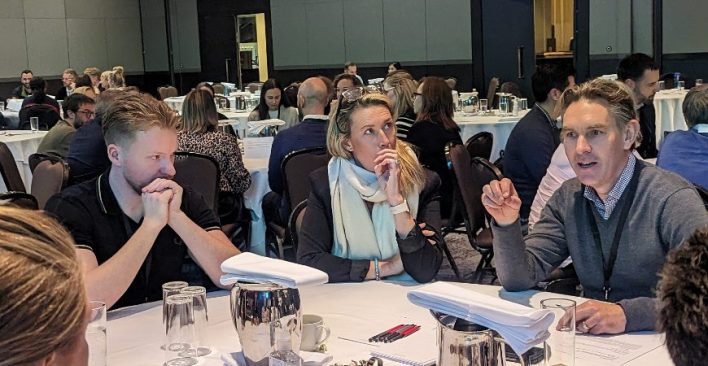Talent Advisory – it’s a human thing

Suppose humans drive the outcomes of organisations, the positioning of technology, services and product roadmaps, the emotional and cultural feel, overall strategic direction and success. Are we missing a critical connection between organisational strategy and talent enablers? In a nutshell, yes.
The Human Collaborative’s experience and discussions with senior leaders identifies this consistently, witnessing genuine challenges leaders have in getting the connectivity between organisation and talent strategy right. And by right, we mean clearly defined and aligned.
So why is this happening?
Simply put, executives and leaders who own the strategy don’t always have the expertise to ‘pull out’ the dependencies relating to talent. And the HR or talent team doesn’t often have a deep enough understanding of the business strategy to design the right talent strategy – a strategy which needs to be clear, have agility and consistently reviewed and realigned.
Whilst the talent team has a critical role to play, in our work advising senior leaders, we spend much of our time initially unravelling the medium- and longer-term business objectives to understand what the talent enablers are and support business and talent leaders to interpret these. It’s about ensuring the right stakeholders are on the same page – from the top down. There needs to be a commitment to the strategy and understanding the crossover of skill, capability and people you need to effect it, and the gaps you need to fill for the short and long term.
Where we have seen great success with our clients is when the executives and senior leaders know there are definite interdependences across strategy, workforce, communications, technology and insights to execute well and achieve a competitive advantage.
Inside Insights
Leaders today have more information about their business plans, growth expectations, geographic footprint and other relevant strategy details at their reach than they realise or expect, but often the challenge is capturing it.
A second prominent challenge is that leaders need to be able to ‘run the business, day-to-day’ as well as design and execute the medium/long-term plan – and these days that’s more of a transformation than an evolution. Often these complexities have multiple layers, requiring what we refer to as multi-speed leadership.
Further to these two challenges, often businesses are running so lean that they don’t have the capacity OR the capability internally to help join the dots on strategy and talent.
Think about this in the context of a professional sporting team. Most team sports have defined offensive and defensive strengths as well as detailed game plans with options and scenarios. These teams have full time coaches on the core skills required to compete well, the offensive and defensive. AND, they also have additional experts in their squad of coaches for specific needs like, performance coaching, nutritional plans and advice, analysts who review and assess team and individual analytics for tracking performance, progress and outcomes. They also need to deploy different offensive and defensive strategies depending upon the fitness and skills of their players and variable competitive conditions – much like business!
External insights
Another challenge organisations experience is the limited priority on or access to external insights which support the enterprise-focused strategy. Current workforce trends, analytics, market insights and competitive knowledge are critical to elevating your plan beyond the internal view and positioning your company in your market.
Leveraging competitor, industry and labour market insights into your strategy gives you an edge. And a simple as this sounds, it is one of the most typical views we find businesses leaving off the radar when planning and executing strategy. Additionally, understanding the talent structure your competitors have in place provides further insights into their plans which, in turn, provides insights into what you are competing against.
So back to the sporting example above, how many teams would run onto a field or court without the knowledge of their competitor game-plans or where they rank against their competition? None, right!
Incorporating external insights into your strategy positions you as a market leader and elevates your brand, which goes towards attracting the workforce you need for the future.
What can I do about this?
Essentially there are three choices:
- you do nothing and keep attempting to deliver on your strategy, making decisions at the wrong time, maintaining a reactive approach to your strategy
- build the capability or muscle within your business and invest in Strategy, Transformation and Change Capability with the primary responsibility of joining the dots between business and talent strategy
- seek out the engagement of a partner who specialises in this work.
External advisors have the luxury of no preconceived notions of your business, come with a wealth of knowledge and are suited to engage with the right people to uncover insights.
When we are working with clients, The Human Collaborative seeks to understand their plans and how every element of their talent aligns to support this through a diagnostic framework. The types of questions for discussion need to be:
- What does the future of your business look like?
- Is there a documented strategy or business plan?
- Are you planning for new services or the acceleration of your product roadmap possibly?
- What technology are you implementing or planning to? Will this change your ways of working and possibly the future skills and capabilities your people need to have?
- Where are you planning growth geographically? In multi-countries or new locations maybe.
- Does growth include mergers, acquisitions or divestments?
Understanding the talent enablers needed to execute on strategy and the change you need to see is a critical part of the alignment of your talent.
From here you can begin to see the elements of your talent strategy; the skills you need; the optimum workforce mix; the likely changes in ways of working which impacts current and future needs. It’s about preparing your organisation to be the competitive force in your market.
For support and advice on how to get started on aligning the critical connection between organisational strategy and talent enablers check us out at The Human Collaborative.
Related articles
Leave a Reply
Sign up to our newsletter
Get a weekly digest on the latest in Talent Acquisition.
Deliver this goodness to my inbox!



